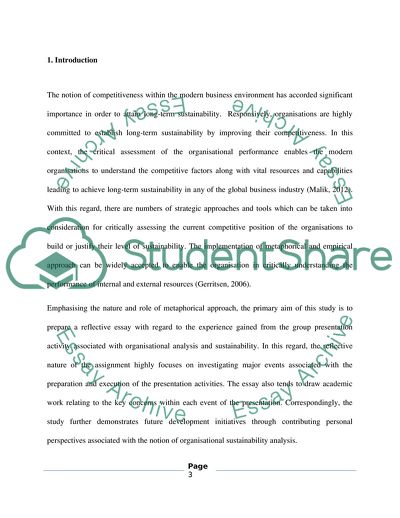Cite this document
(Critical Organisational Analysis and Sustainability Essay - 1, n.d.)
Critical Organisational Analysis and Sustainability Essay - 1. https://studentshare.org/management/1808910-critical-organisational-analysis-and-sustainability
Critical Organisational Analysis and Sustainability Essay - 1. https://studentshare.org/management/1808910-critical-organisational-analysis-and-sustainability
(Critical Organisational Analysis and Sustainability Essay - 1)
Critical Organisational Analysis and Sustainability Essay - 1. https://studentshare.org/management/1808910-critical-organisational-analysis-and-sustainability.
Critical Organisational Analysis and Sustainability Essay - 1. https://studentshare.org/management/1808910-critical-organisational-analysis-and-sustainability.
“Critical Organisational Analysis and Sustainability Essay - 1”. https://studentshare.org/management/1808910-critical-organisational-analysis-and-sustainability.


